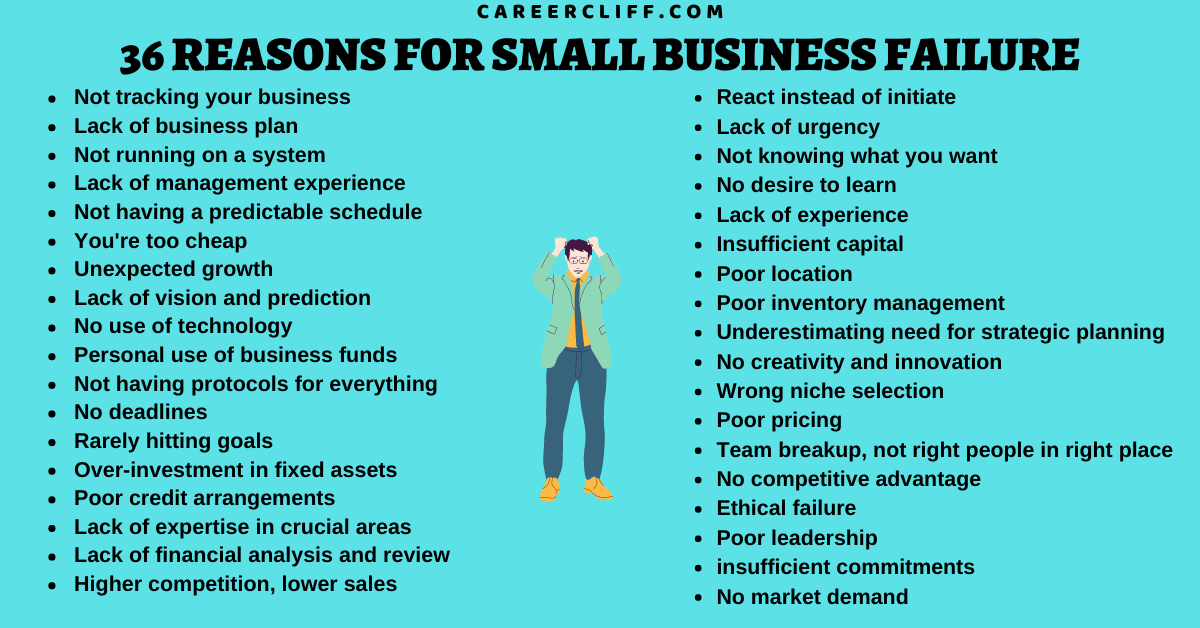What Am I Doing Wrong In My Business

Business owners across various sectors are facing a perplexing question: "What am I doing wrong?" Many report stagnant growth, dwindling profits, and increasing competition, prompting a widespread search for answers and effective strategies.
The current business climate demands agility and adaptability. This article addresses the core issues plaguing businesses. It offers insights into commonly overlooked pitfalls, and points toward potential solutions.
Sales Stagnation and Customer Attrition
Sales figures are down for the last two quarters. Many customers aren't returning for repeat purchases. This is a critical area demanding immediate attention.
A recent survey by the Small Business Association shows 45% of businesses are struggling with customer retention. It's vital to analyze customer feedback. This includes reviews and direct complaints.
Consider implementing a customer loyalty program. This could incentivize repeat business and gather valuable data.
Inefficient Marketing Strategies
Marketing efforts aren't yielding the expected results. Online engagement is low. Return on investment (ROI) is disappointing.
Google Analytics shows website traffic has decreased by 20% in the last month. Social media campaigns are failing to generate leads.
Re-evaluate your target audience. Invest in targeted advertising and content marketing. Ensure your website is optimized for search engines.
Poor Financial Management
Cash flow is tight. Expenses are exceeding revenue. Financial instability is becoming a serious threat.
Many small businesses fail due to poor cash flow management. Consulting with a financial advisor is a smart move. Focus on budgeting, cost-cutting, and revenue diversification.
Negotiate better terms with suppliers. Explore alternative financing options.
Lack of Employee Engagement and Training
Employee morale is low. Productivity is down. High turnover rates are creating operational challenges.
A recent Gallup poll indicates disengaged employees can cost businesses up to 34% of their salary. Investing in employee training programs is key.
Foster a positive work environment. Offer opportunities for growth and development. Implement performance-based incentives.
Failure to Adapt to Technological Advancements
Businesses are relying on outdated technology. They're failing to embrace digital transformation. This is putting them at a competitive disadvantage.
Investing in new technology is crucial for long-term success. Cloud computing and automation can streamline processes. Data analytics provide valuable insights.
Consider upgrading your software. Invest in cybersecurity measures. Embrace digital marketing strategies.
Ignoring Competitor Analysis
Businesses aren't aware of their competitors' strategies. They're failing to differentiate themselves in the market. Market share is dwindling.
Regularly analyze your competitors. Identify their strengths and weaknesses. Develop a unique value proposition.
Offer something that your competitors don't. Focus on customer service and innovation. Stay ahead of the curve.
Limited Online Presence
Many businesses have weak or non-existent online presence. They are missing out on potential customers. Online sales are negligible.
In today’s market, if you are not online, you are losing out on significant revenue. Develop a professional website. Utilize social media platforms.
Consider investing in search engine optimization (SEO). Engage with your audience online.
Moving Forward: Seeking Solutions and Expert Advice
Addressing these challenges requires a proactive approach. Seek professional guidance. Implement necessary changes. This ensure long-term sustainability and growth.
Many resources are available to help struggling businesses. The Small Business Administration offers counseling and training. Business consultants can provide expert advice.
Continuous monitoring and adaptation are essential for success. Stay informed about industry trends. Be prepared to pivot your strategy. The future of your business depends on it.


















